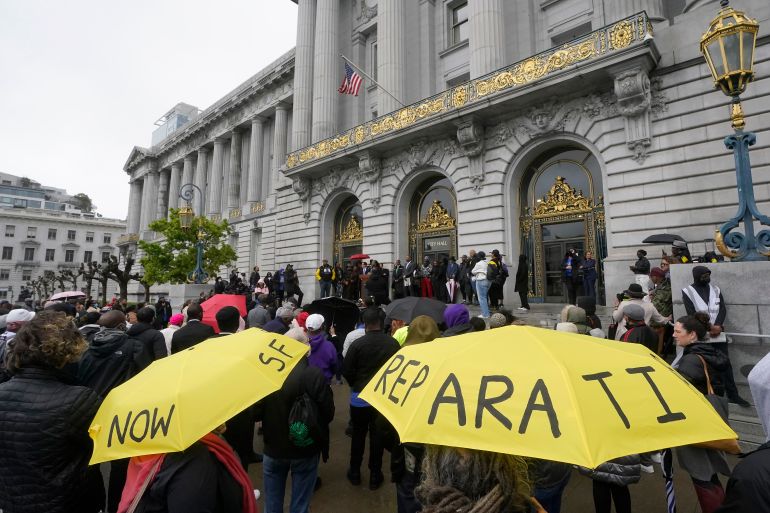FRANCES FITZGERALD
A clash is looming between the European Parliament and the Council of the EU on including rape in a coming directive.

Equality between men and women is a value enshrined in the founding ideals of the European Union. It is a value, however, which has required struggle to promote and reinforce across our union. Women have been central to the European project since its infancy, from Ursula Hirschmann to Simone Veil—all the way to the present day where nearly 40 per cent of our MEPs are women.
Decades on from the signing of the Treaty of Rome, the struggle for gender equality is something I still proudly fight for. In recent months, further significant progress has been made. The EU’s accession to the Istanbul convention little over a month ago was one such sign. This important vote happened in tandem with discussions and negotiations on the European Commission’s proposal for a directive on violence against women and domestic violence, launched on International Women’s Day last year.
This proposal will ensure that all the offences laid out in the directive will be crimes everywhere in the EU and be punishable to the same standards. As co-rapporteur on this proposal for the Women’s Rights and Gender Equality Committee of the European Parliament, alongside my colleagues I have worked tirelessly to ensure that the parliament’s position is as strong and clear as possible.
In particular, this has meant including rape as a key element of violence against women. It is deeply disturbing to me that the position adopted by the Council of the EU, representing the member states, does not include rape
Distressingly prevalent
Rape is a distressingly prevalent manifestation of violence against women. In 2015, nine out of ten rape victims and eight out of ten sexual-assault victims in the union were women; 99 per cent of those imprisoned for such crimes were men. It is imperative that this be included in the final text of this directive, following the trilogue negotiations among the parliament, council and commission. We cannot have a directive on combating violence against women which does not include the offence of rape.
It is unfortunately clear that we have much yet to do to have rape included in the final text. The council’s contesting of the legal basis as an argument against including rape in the directive—considered as a form of sexual exploitation—must be challenged in the negotiations. Cohering a strong political will in tackling such a heinous crime is a big part of the solution.
When Ireland joined the European Economic Community in 1973, and implementing equal pay for men and women in Ireland was thereby put forward, some dragged their feet because this was deeply unpopular then among employers. But the right decision was made and the right decision must now be made—to include rape in this directive.
Parliament’s position on this offence and a number of others—including female genital mutilation, forced sterilisation and forced marriage—is very clear. All these horrific offences of violence against women must be acknowledged as such and criminalised appropriately.
Five key elements
The parliament’s stance on the directive will comprise five key elements: common minimum standards for crimes, safe reporting and risk assessment procedures, respect for victims’ privacy in judicial proceedings and right to compensation, support for victims through helplines and crisis centres, and better co-ordination and co-operation between member states on cross-border crimes.
The measures on protection, prevention and prosecution included in the draft directive are comprehensive and will make a real difference to individual lives. Women who have experienced violence and victims of domestic violence require specialised and tailored support to cater to their unique needs. This proposal aims to strengthen the expertise of those providing such support, as well as ensuring that more services—such as helplines, shelters and interim accommodation—are available.
Beyond protection, greater support and improved systems for the reporting of offences related to violence against women and domestic violence have also been provided for within our text. The expanded list of offences includes sexual harassment, intersex genital mutilation, forced marriage and rape, some of which are often not reported. To prosecute such offences properly more supports are needed.
Cyber violence also features as a increasingly prevalent form of gender-based violence. It is anticipated the directive will legislate for cyber offences such as the sharing of intimate or manipulated material online, cyber stalking and cyber harassment. These digital offences can be just as harmful as those in the physical world and must be treated with the same response.
Unfinished business
This week the women’s-rights and civil-liberties committee of the parliament voted jointly to adopt the draft report, which will be brought to plenary next month. The next stage of negotiations—and the race to complete the process before the end of the parliamentary term next year—will then begin.
Backsliding on the progress the EU and its member states have made on gender equality cannot be allowed. There are those in our union who seek to limit our capability to protect those who need protection. Equality must be provided for all citizens of Europe, regardless of their gender. We still have unfinished business to attend to.
I am proud to be part of a women’s-rights committee working to protect and promote the safety of women in our union. We will do what it takes for the women of Europe, and will pass an ambitious and progressive piece of legislation. Moving forward with the strongest possible version of this directive on violence against women and domestic violence is a critical step in continuing our fight for equality. My colleagues and I will sustain that fight.

Frances Fitzgerald is a member of the Women's Rights and Gender Equality Committee in the European Parliament and vice-chair of the European People’s Party group. She has held various ministerial positions in Ireland, including as tánaiste (deputy premier), having been chair of the National Women’s Council and vice-president of the European Women’s Lobby.



















